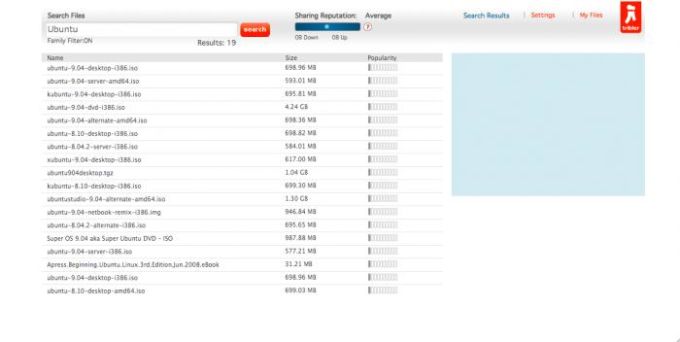

When the second node receives the message, it establishes a connection with the first node. Using the established encrypted link to the entry node, the originator can then relay a message through the first node to a second node in the chain using encryption that only the second node, and not the first, can decrypt. Using asymmetric key cryptography, the originator obtains a public key from the directory node to send an encrypted message to the first ("entry") node, establishing a connection and a shared secret ("session key"). Likewise, no node in the circuit is able to tell how many other nodes are in the circuit and only the final node, the "exit node", is able to determine its own location in the chain. To preserve the anonymity of the sender, no node in the circuit is able to tell whether the node before it is the originator or another intermediary like itself. The chosen nodes are arranged into a path, called a "chain" or "circuit", through which the message will be transmitted. To create and transmit an onion, the originator selects a set of nodes from a list provided by a "directory node". The original message remains hidden as it is transferred from one node to the next, and no intermediary knows both the origin and final destination of the data, allowing the sender to remain anonymous. Metaphorically, an onion is the data structure formed by "wrapping" a message with successive layers of encryption to be decrypted ("peeled" or "unwrapped") by as many intermediary computers as there are layers before arriving at its destination.
Greating and sharing files with tribler code#
īased on the existing onion routing technology, computer scientists Roger Dingledine and Nick Mathewson joined Paul Syverson in 2002 to develop what has become the largest and best-known implementation of onion routing, then called The Onion Routing project ( Tor project).Īfter the Naval Research Laboratory released the code for Tor under a free license, Dingledine, Mathewson and five others founded The Tor Project as a non-profit organization in 2006, with the financial support of the Electronic Frontier Foundation and several other organizations. The most important part of this research is the configurations and applications of onion routing on the existing e-services, such as Virtual private network, Web-browsing, Email, Remote login, and Electronic cash. It depicted the use of the method to protect the user from the network and outside observers who eavesdrop and conduct traffic analysis attacks. This method was publicly released by the same employees through publishing an article in the IEEE journal of communications the same year. It was further developed by the Defense Advanced Research Projects Agency (DARPA) and patented by the Navy in 1998. Reed, and David Goldschlag to protect U.S.

Naval Research Laboratory by employees Paul Syverson, Michael G. Onion routing was developed in the mid-1990s at the U.S. While onion routing provides a high level of security and anonymity, there are methods to break the anonymity of this technique, such as timing analysis. The sender remains anonymous because each intermediary knows only the location of the immediately preceding and following nodes. When the final layer is decrypted, the message arrives at its destination.
Greating and sharing files with tribler series#
The encrypted data is transmitted through a series of network nodes called onion routers, each of which "peels" away a single layer, uncovering the data's next destination. In an onion network, messages are encapsulated in layers of encryption, analogous to layers of an onion. Onion routing is a technique for anonymous communication over a computer network. Router B sends it to Router C, which removes the final layer of encryption and transmits the original message to its destination. Router A sends it to Router B, which decrypts another layer to learn its next destination.

In this example onion, the source of the data sends the onion to Router A, which removes a layer of encryption to learn only where to send it next and where it came from (though it does not know if the sender is the origin or just another node).


 0 kommentar(er)
0 kommentar(er)
